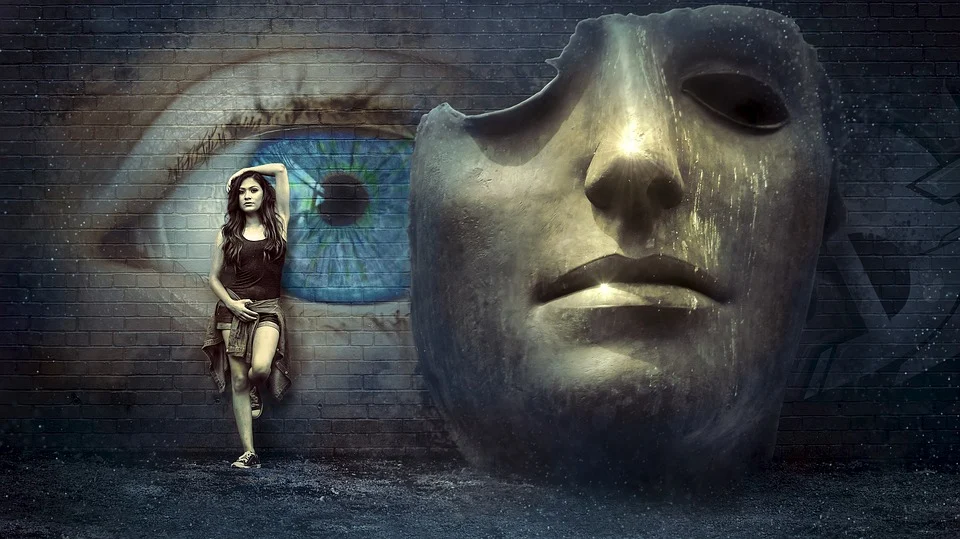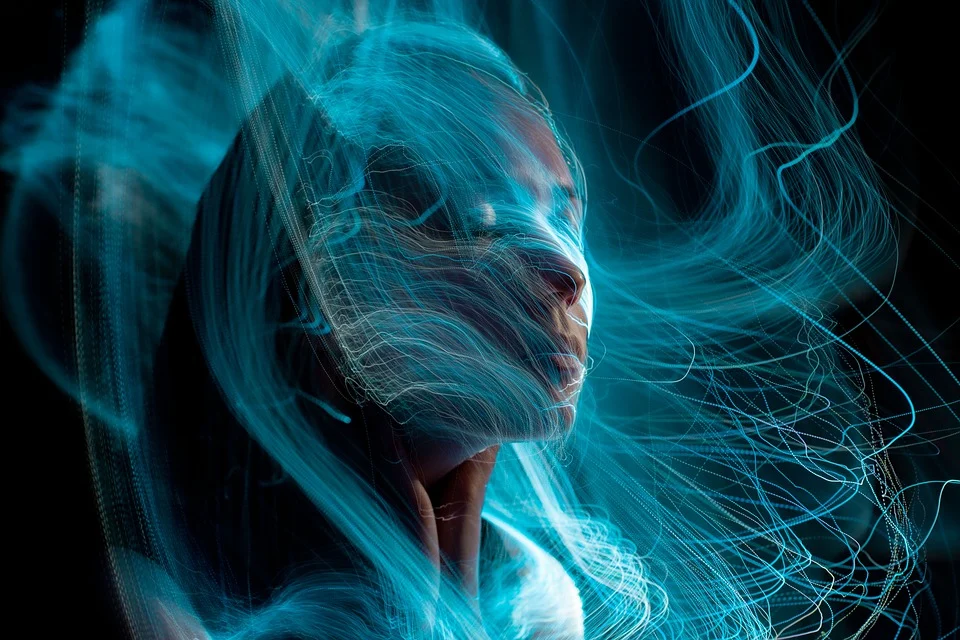A Philosophy of Science Fiction
A Philosophy of Science Fiction
In the field of art there are two types of theories, theses, and these are called Art and the Theory. The thesis is something that stands on its own, it is not part of any system or an overall approach to art. For example, the great artist Picasso said “I am not much interested in knowing how things look, I am interested in thinking about them”. This is similar to saying, “I don’t really care how things look, I just want to see them”. Theses can be called principal elements of a theory. This thesis can then be developed further, by adding or deleting elements as it became necessary.
The Art and theory actually came from two different areas. On one side there is a concept of art itself, this is the concept of art being for the eyes, ears, and mind. It is not concerned with the feelings or emotions that are created through the viewing of the art. The other aspect is more related to the methodology of art and the understanding of time and space, and this is what is called the concept of the theme. Both of these aspects have great significance in the understanding of art and the theories of art.
When it comes to discussing art and the future science fiction, it is important to make sure that both concepts are understood. The theme of art is based around the ideas of human visual senses, the ability of the eyes, ears, and mind to comprehend and create something beautiful from the materials that we put together. This also includes the idea of how we relate to other cultures through our visual senses.
When we use the words art and science together, it often means that what we see in the art was created by humans, or was inspired by humans. This is not completely true, as there are a lot of artists that do not believe that their artwork was based on anything other than themselves. In future science fiction it would be very easy to say that this is completely false. We could say that all art forms were created by humans through the use of technology. We all see pieces of art all around us and each one is unique in the way that it was created, and the emotions that it brings forth from the person viewing it.
There is much discussion about the connection between art and the future science fiction writers should pay attention to. Some people are not comfortable with the idea that their art had some sort of hand in creating their own reality. They feel that if there was a hand involved in the creation of any work of art, then that creates responsibility for that work. The philosophy behind the art is that it is not the individual that creates the reality that he or she views, but instead, the individual’s interpretation of that reality.
This is the philosophy that underlies modern art. Each piece of art is an interpretation of something else and that other thing that is being interpreted by the person viewing the work. In some ways this is similar to what future science fiction writers should be paying attention to. If we can find a way to create different realities that can be influenced by our choices, then perhaps there is a way for future science fiction writers to contribute to the reality that we see around us. This is just one of the many philosophical questions that future science fiction writers should be asking themselves in the future.
One very interesting question that future science fiction writers should be asking themselves is what would happen if you could see into the future? Would you be able to alter the past or the future? This would be a very difficult thing to do, because most of the choices that we make right now are in direct relation to the future. Would you be able to change the direction of the weather?
One artist made a video where he was playing a simulation of how the weather would be like if he had some magic crystals. He then asked people to put their hand up if they wanted to go in the air, and his crystal finger was guiding them into a specific location. A lot of people put their hand up, but he kept on asking until everyone wanted to go up. This artist clearly has a unique style of manipulation with his art. We all know that it is hard to make things look real, but with Art & there, he makes it seem almost effortless. Something that not a lot of artists are doing these days.

